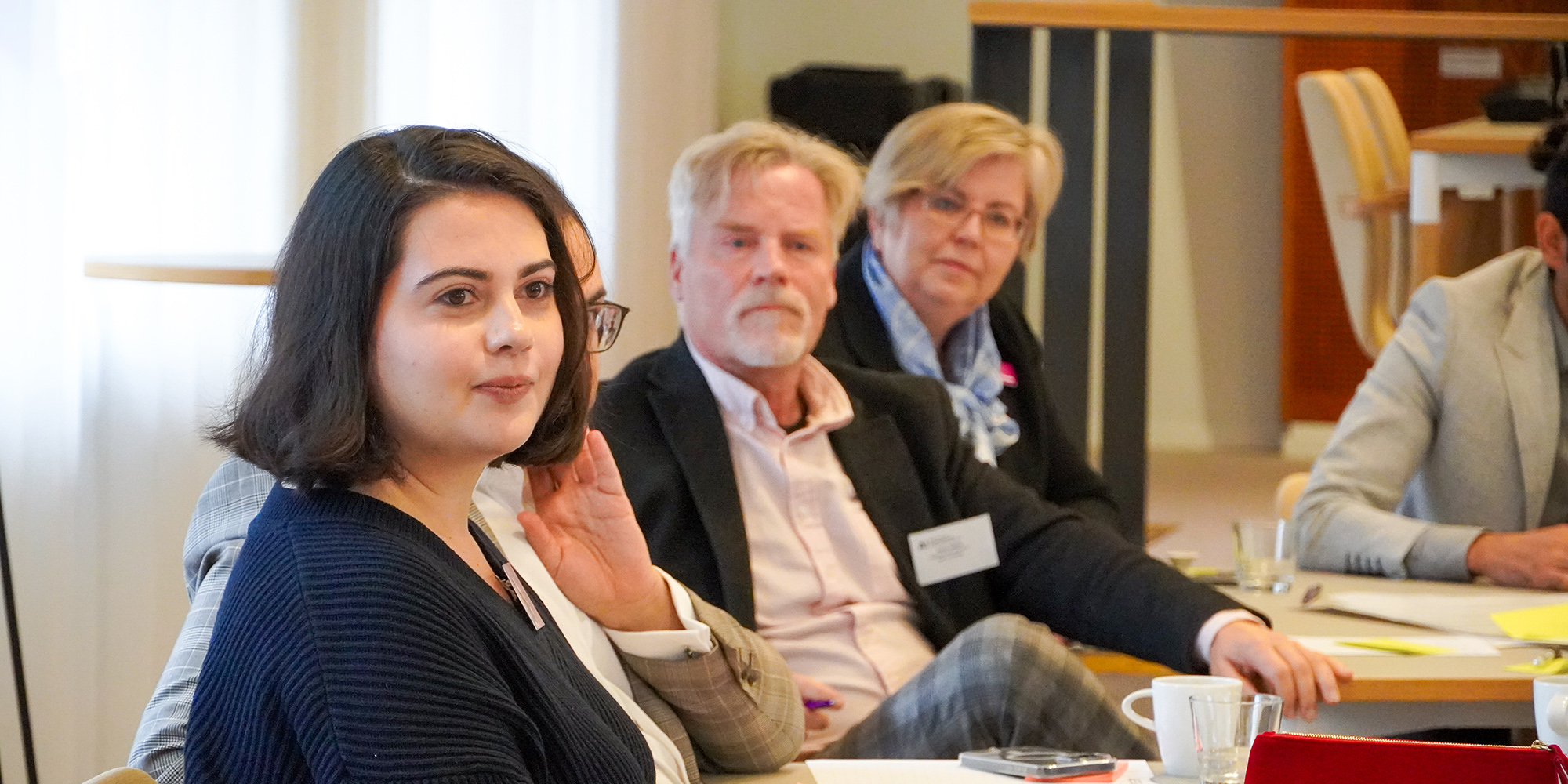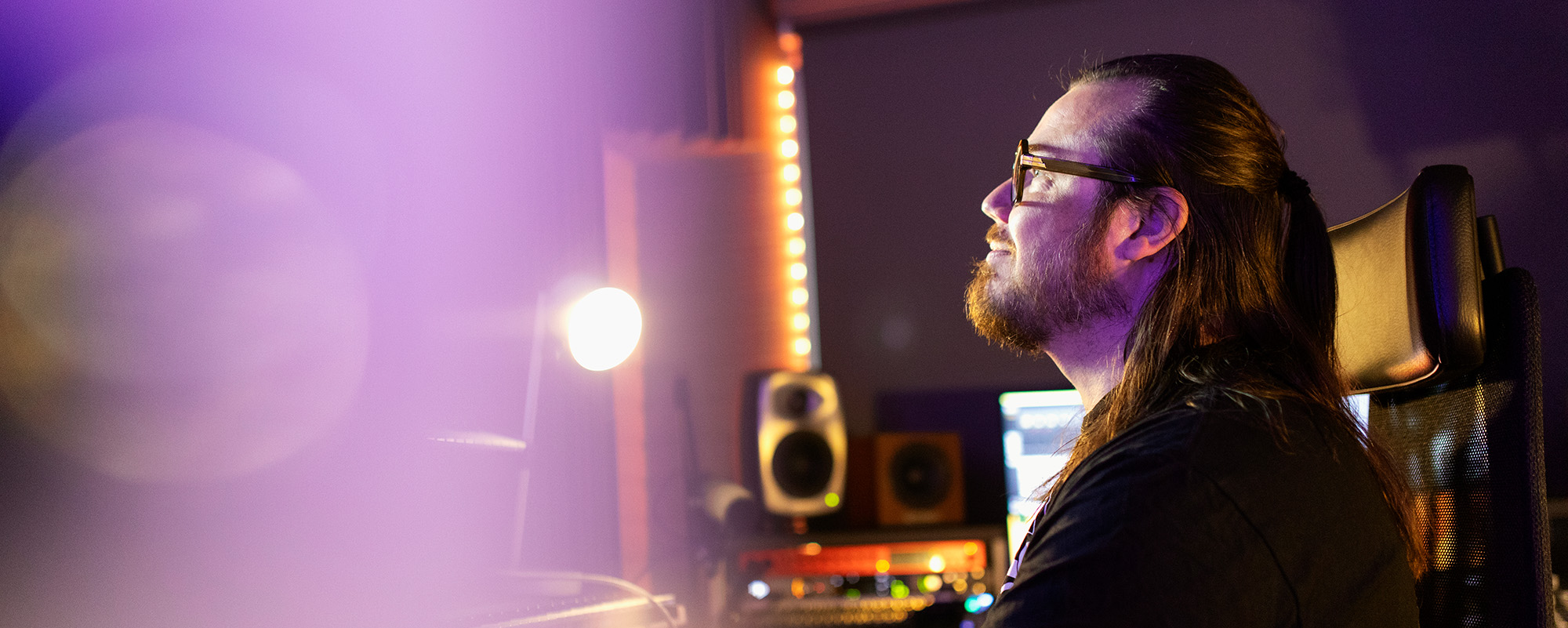Many have been positively surprised by the smooth operation of studies using remote connection. Our participants especially appreciate the security and flexibility of distance learning. Saving time and money thanks to reduced traveling for a contact teaching period is a bonus.
We also recognize the dichotomy: while the hassle of traveling is spared, the longing for interaction is very real. Read more about the ideas that these facts have evoked amongst our program managers.
Adaptation is wisdom and preparation for the future
Since the onset of the pandemic, we in the world of education and training have been and are in a situation where we need to adapt and find ways to cope so that learning does not stop. The second option, to forget about education and training for the time being completely, is not really even an option. Learning new skills has not gone away – on the contrary.
Now is a great time to invest in increasing competence so that individuals and organizations are better prepared to settle in a time that may in the future be called “the different normal”, whatever it is.
At the same time, investing in one's own expertise helps to attach "spiritual anchors" to the future. Learning new things brings meaningfulness to the teleworking world and studies do not need to be postponed. Knowing that new ways of thinking will certainly be needed in the future will be helpful for settling into a different way of studying, even if it has its challenges.
As education providers, we are also preparing for the paradigm shift that is already on the horizon in the world of lifelong learning: do we want to meet face-to-face in the future, or is distance and hybrid learning the new normal? We have to consider how teaching methods, the implementation of contact teaching days, and the learning methods of the participants are shaped by distance learning experiences.
We are thinking more carefully about what will be handled in a contact teaching situation and what can be handled via other methods. What issues require that we approach them from a new angle, maybe through experimentation, simulations, and group work, and what issues can be handled in a more traditional lecture model? And how will these issues addressed, both in contact teaching and online teaching?
It is possible to be present and involved in e-learning environments
As professionals in education and learning, we understand the human desires to work together with others, to be present, and to long for interaction, and informal networking. Together with our experts, we have developed ways to involve and increase interaction with e-learning situations. We continuously develop the distance learning experience based on feedback.
How have we done this in practice? The mutual interaction and more informal acquaintance needed by the participants has been taken into account, e.g., via participatory group work and by allowing everyone to ask, comment, and contribute their own views on the issue through a rotating commentary. We pay attention to clarity, repetition, and summaries, as well as adequate breaks. We encourage mutual sharing of experiences, for example, during virtual coffee breaks and through an e-learning environment.
Technical skills have developed during the pandemic – both ours and those of our customers
So far, the coronavirus situation shows no signs of abating, so it is useful to develop your own skills in the use of remote tools. Many of the methods and tools used during our training workshops can also be utilized in daily remote work with our own team – they can be practiced under the guidance of experts during the training.
According to our findings, almost every organization is already at a reasonable level in terms of technical know-how of remote work. People have already taken on the view that this is what it is and must suffice when the aim is to continue working as smoothly as possible.
The same applies to education. Remote technology is a necessary enabler with which we have learned to live. Our personnel is trained to use a variety of technical platforms. In changing situations and with our expertise, we are able to ensure smooth and undisturbed implementation. Our expert trainers have also adopted new tools, and together we are able to provide effective conditions for remote learning as well.
We also learn more all the time: in the first online implementations, we advised keeping the cameras closed so as not to overload the network. However, experience has shown that the network does not crash that easily, and the camera image helps to create a common experience of the teaching situation and fosters team spirit.
No need to tolerate screen boredom
Often in a face-to-face learning situation, tables and chairs are arranged in a specific shape. Although the furniture is movable, we have found that without a separate “permit” to turn the furniture into a more comfortable position, it stays in the pre-set shape. In reality, changing the position and using standing desks is not only allowed, but desirable.
The same principle is repeated during telecommuting days. There are sometimes remarks in the feedback that it is tiring and uncomfortable to sit in front of the screen all day, often with headphones on. You don't have to do that! When the teaching situation (and your chosen mode) allows, you might as well be in the lotus position and even stand on your head while listening. You can keep an arsenal of exercise equipment next to your workstation and lift a kettlebell if your shoulders get stuck. In addition, the number and length of breaks have been taken into account in the scheduling of online days, e.g., a lunch break is often one hour long, allowing time to pop outside and get some air.
In our experience, online teaching is gradually starting to feel, if not normal, then at least as natural as possible under the current circumstances. Fortunately, humans are adaptable and the term resilience is made concrete.
Student feedback on online teaching
"The best thing was that it didn't take time and money to travel. Remote lectures work really well."
"You learn how to do group work remotely."
"Activating everyone was good when there was an order of response."
"The tools worked and it was easy to participate."
"Everything was taken into account and the lecturer knew how to use remote tools well, i.e., was able to enliven their presentation.”
Heli Paalamo and Tupuna Tapanainen are Program Directors at Aalto EE and Aalto PRO programs. Check the whole variety of programs from the program finder.





















